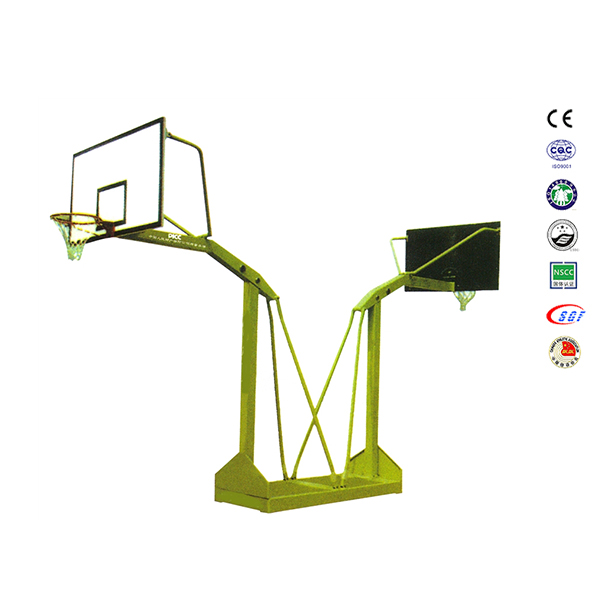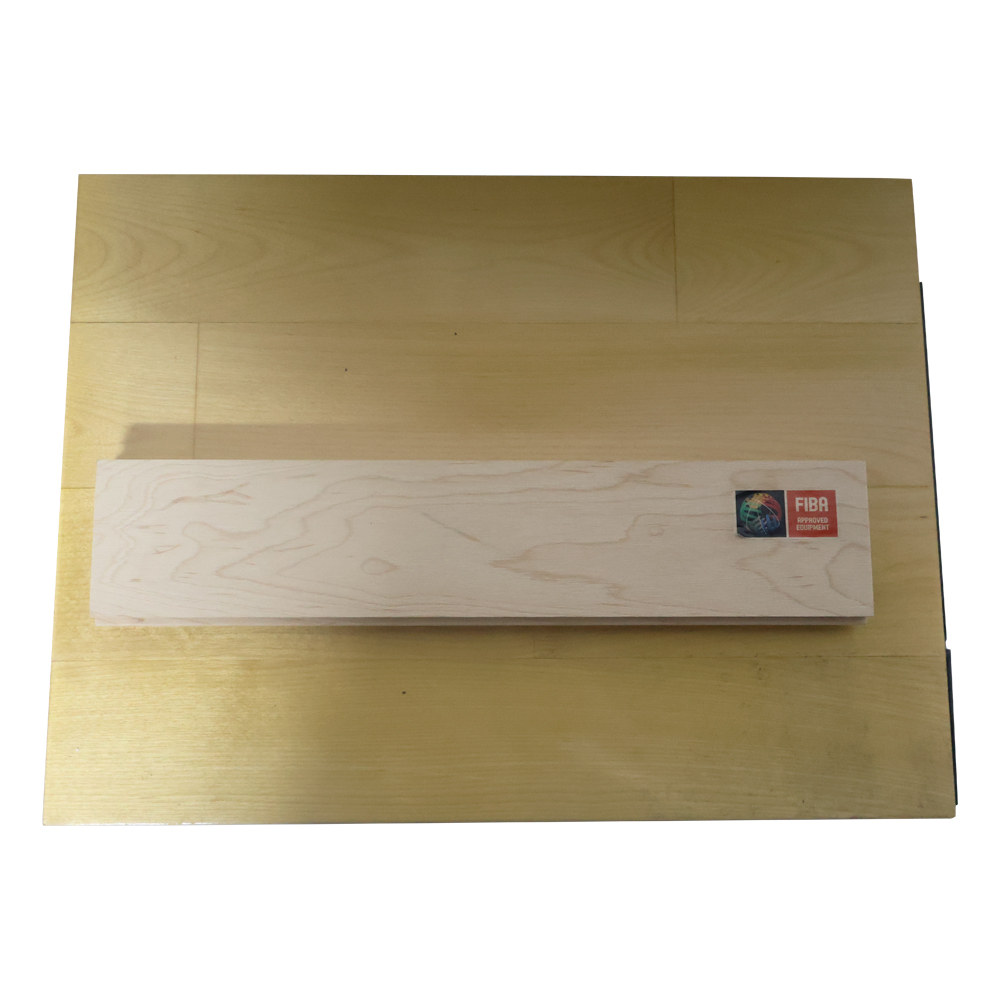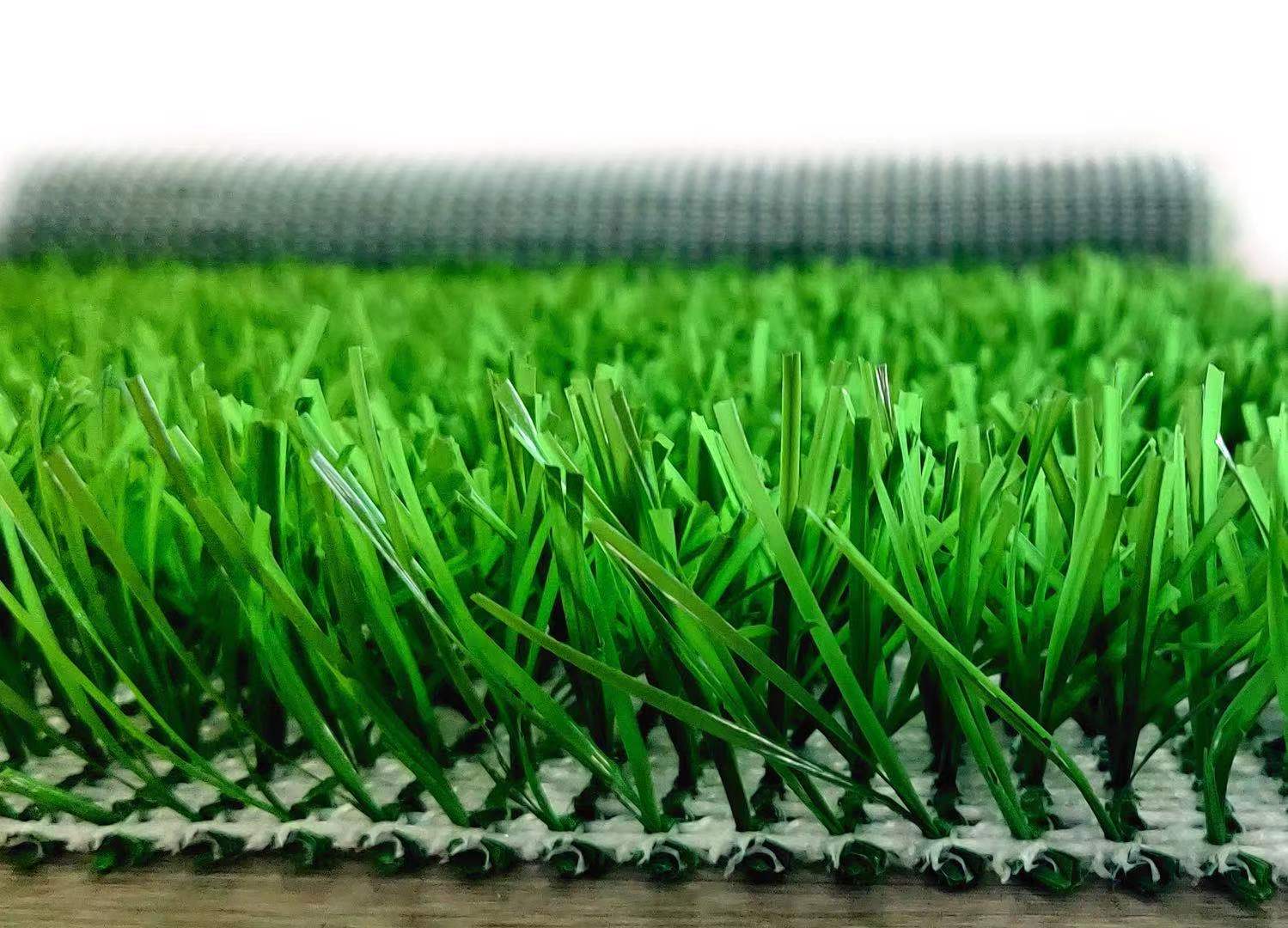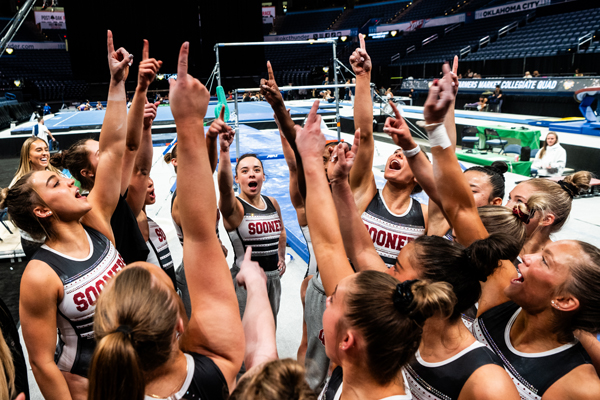Product
Build your own glass squash court
Basic Info
There is a sport called "the king of indoor sports" and "the first sport on Wall Street". Many people's first impression of it is that it is the favorite of the elite class after work in Hong Kong or Korean dramas, and it is an absolute "aristocratic sport". After really getting in touch with it, you will find that this niche sport is not as unattainable as imagined.
After experiencing squash in person, I found that this sport is relatively easy to get started. If you have a basic knowledge of badminton and tennis, it will be easier to learn squash. When playing, you will feel very relieved at the moment when you hit the ball with all your strength. Moreover, compared with niche sports such as equestrianism and golf, the consumption of squash can be regarded as "cabbage price". If you are interested in ball sports, you can experience squash in person, but remember to book the venue in advance.
After experiencing squash in person, I found that this sport is relatively easy to get started. If you have a basic knowledge of badminton and tennis, it will be easier to learn squash. When playing, you will feel very relieved at the moment when you hit the ball with all your strength. Moreover, compared with niche sports such as equestrianism and golf, the consumption of squash can be regarded as "cabbage price". If you are interested in ball sports, you can experience squash in person, but remember to book the venue in advance.
The 141st plenary session of the International Olympic Committee passed a proposal to add five new events to the 2028 Los Angeles Olympics by a show of hands vote, and squash, which missed the Olympics multiple times, was successfully selected. Five years later, squash made its Olympic debut.
Squash is an indoor sport of hitting a ball against a wall, named after the sound made by the ball when it violently touches the wall, similar to the English word "SQUASH".
Because the field of squash is small, the ball speed is fast, and the ball path is unpredictable, it requires people's reactions and movements to be extremely fast, so the intensity and amount of movement of squash are extremely high.
A regular squash court usually consists of three cement walls and one glass door, while the eight courts of the Hangzhou Asian Games squash court are surrounded by four glass walls, allowing viewers to view 360 ° from all angles. Just like a boxing match with a glass wall. The glass wall appears blue, and the lighting at the top is projected down, creating a dazzling atmosphere within the venue, making one feel as if they are in a crystal palace. The same goes for the squash court in Beijing's 1314 Olympic Park. This kind of squash court is not only more fashionable and conducive to watching games, but can also be installed on any flat ground, which is more effective in promoting squash sports.
Width: 6.4 meters (21 feet)
Front wall height: 4.57 meters (15 feet)
Width: 7.62 meters (25 feet)
Front wall height: 4.57 meters (15 feet)
These two sizes are standards set by the World Squash Federation (WSF) for professional and amateur competitions worldwide.
In modern competitions, the International Wall Federation's format (11 points per game, winning three games first) is the most commonly used rule. In the competition, the player or team who wins three games and scores 11 points in each game wins. If the score between the two sides reaches 10-10, the game will continue until one side leads by two points.
In squash matches, players need to master various hitting techniques, such as pushing, killing, and dribbling. At the same time, it is necessary to develop corresponding tactics based on the characteristics of the opponent and the situation of the field. In squash matches, players can create different rebound trajectories on the wall by changing the hitting angle and force, thereby confusing opponents. In tennis matches, players can use techniques such as serving and volleying to gain initiative.
Squash is easy to learn and can be played in 15 minutes. The age limit is also relatively broad, as young as 4 years old, one can learn from a coach, and can participate up to 50 or 60 years old.
Squash, as an indoor sport, is not limited by season or weather. The field of squash is small, the ball is fast, and the path is unpredictable, so it requires people's reactions and movements to be extremely fast, and its intensity and amount of exercise are very large. In an hour of squash, athletes can burn approximately 700 to 1000 calories.
Squash is an indoor sport of hitting a ball against a wall, named after the sound made by the ball when it violently touches the wall, similar to the English word "SQUASH".
Because the field of squash is small, the ball speed is fast, and the ball path is unpredictable, it requires people's reactions and movements to be extremely fast, so the intensity and amount of movement of squash are extremely high.

Squash court
The biggest difference between squash and other ball games lies in the field and facilities. Squash matches are held in a closed indoor court with walls around and on top of the court. The ground of a stadium is usually hard, such as wooden flooring or synthetic materials.A regular squash court usually consists of three cement walls and one glass door, while the eight courts of the Hangzhou Asian Games squash court are surrounded by four glass walls, allowing viewers to view 360 ° from all angles. Just like a boxing match with a glass wall. The glass wall appears blue, and the lighting at the top is projected down, creating a dazzling atmosphere within the venue, making one feel as if they are in a crystal palace. The same goes for the squash court in Beijing's 1314 Olympic Park. This kind of squash court is not only more fashionable and conducive to watching games, but can also be installed on any flat ground, which is more effective in promoting squash sports.
The squash court is divided into front wall, side wall, and back wall. On the front wall of the stadium, there are three lines on each wall, namely the boundary, serve line, and bottom line. All returns must touch the front wall, but cannot go out of bounds. On both sides of the side wall, there is a diagonal line connecting the front and back wall lines, which is the boundary of the side wall. The back wall is the wall behind the stadium, with the upper edge of the glass top serving as the boundary of the back wall. If a return ball hits outside the wall, it is considered out of bounds.

The standard dimensions of a squash court are as follows:
Size of singles squash court:
Length: 9.75 meters (32 feet)Width: 6.4 meters (21 feet)
Front wall height: 4.57 meters (15 feet)
Double Squash Field Size:
Length: 13.72 meters (45 feet)Width: 7.62 meters (25 feet)
Front wall height: 4.57 meters (15 feet)
These two sizes are standards set by the World Squash Federation (WSF) for professional and amateur competitions worldwide.

Squash equipment
1. Squash and racket
The ball used in squash is a hard rubber ball, and the racket is a long handled, narrow faced racket. Squash is a rubber material that is divided into blue dots (fast), red dots (medium speed), white dots (slow speed), and yellow dots (ultra slow speed) based on the speed of the ball's flight. Double yellow penalties are professional practice and competition balls, while other colors and yellow single penalties are used as beginner practice balls.2. Squash shoes
Generally, squash courts require players to wear non fading sports shoes with white soles. Due to the fact that squash requires a lot of turning movements, a pair of squash shoes that can fully protect the ankles is necessary.3. Eye protection mask
Although the likelihood of injury in squash is low, in order to avoid accidental eye injuries from squash or racquets, formal squash matches generally require athletes to wear eye protection that meets national standards. Children under 19 years old must wear it.4. Clothing
Squash games usually require athletes to wear white or light colored sportswear. During regular exercise, you can wear lighter clothing such as T-shirts, sports pants, sports skirts, etc.
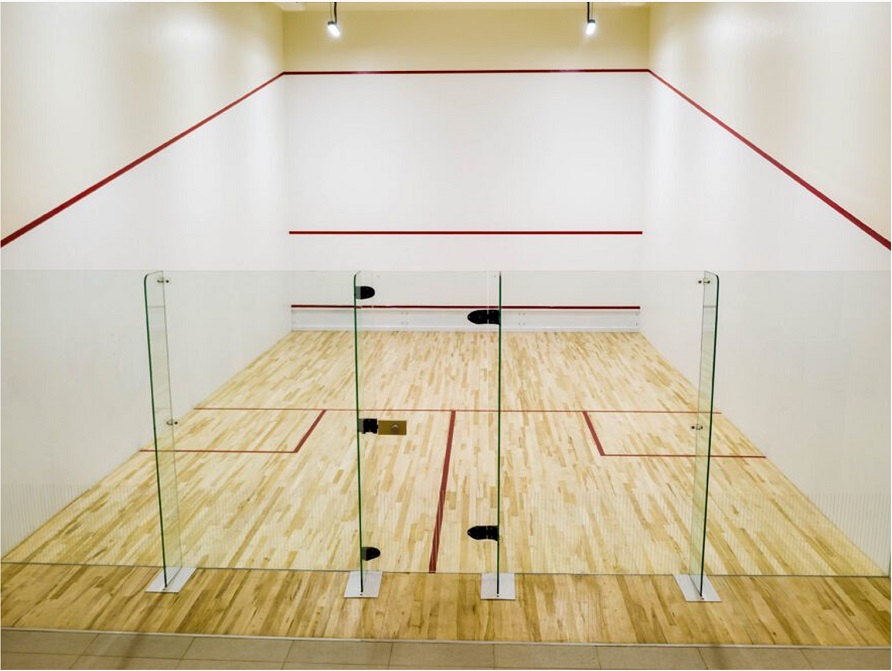
Squash fun
Squash matches are divided into two forms: singles and doubles. The first player to score 11 points in each game wins.In modern competitions, the International Wall Federation's format (11 points per game, winning three games first) is the most commonly used rule. In the competition, the player or team who wins three games and scores 11 points in each game wins. If the score between the two sides reaches 10-10, the game will continue until one side leads by two points.
In squash matches, players need to master various hitting techniques, such as pushing, killing, and dribbling. At the same time, it is necessary to develop corresponding tactics based on the characteristics of the opponent and the situation of the field. In squash matches, players can create different rebound trajectories on the wall by changing the hitting angle and force, thereby confusing opponents. In tennis matches, players can use techniques such as serving and volleying to gain initiative.
Squash is easy to learn and can be played in 15 minutes. The age limit is also relatively broad, as young as 4 years old, one can learn from a coach, and can participate up to 50 or 60 years old.
Squash, as an indoor sport, is not limited by season or weather. The field of squash is small, the ball is fast, and the path is unpredictable, so it requires people's reactions and movements to be extremely fast, and its intensity and amount of exercise are very large. In an hour of squash, athletes can burn approximately 700 to 1000 calories.






